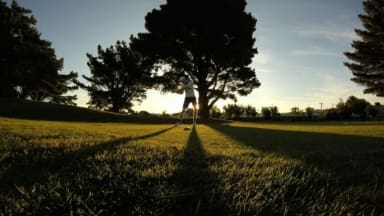
In his article for the Telegraph, Max Stephens writes about Sussex golf courses abstaining from trimming the rough on the courses to encourage wildflowers, improve biodiversity and boost bee and butterfly numbers. In a survey, ecologists discovered 34 species of butterfly, including the rare species such as the Adonis blue at Pyecombe Golf Club near Brighton, which ecologists discovered had 34 species of butterfly, including rare species such as the Adonis blue.
According to the project coordinators, Southwood Foundation charity and the South Downs National Park Authority, leaving the rough not only encourages biodiversity, but is economical too. Less capacity and fuel is required to maintain the course and they reduce water and expensive chemical usage. The added wildflowers and pollinators also enhances the experience of the game for the golfers themselves.
When it is time to cut the rough, courses are encouraged to use the ‘cut and collect’ system to ensure trimmings are taken away and hence not able to enrich the soil where grasses can outgrow the more delicate wildflowers which prefer a nutrient poor soil.
Lewes Golf Club, which received a grant from the South Downs National Park to rewild their course, reported yellow rattle and wildflowers spreading around the course in the first years and also experienced an increase in birds of prey; kestrels, red kites and buzzards – proving that that biodiversity and golfing can happily co-exist.
Note, access to the full article will require Telegraph subscription.

